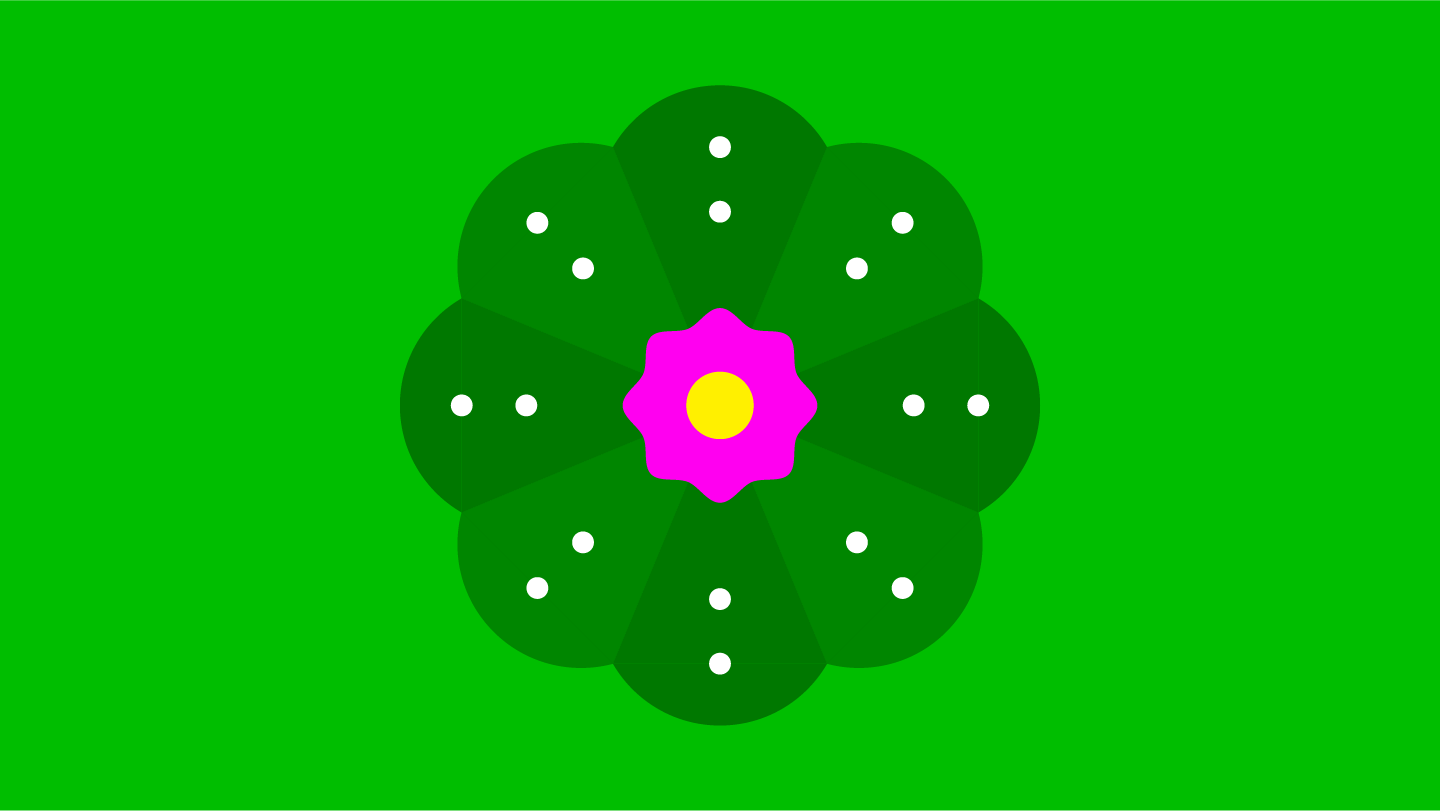Mescaline
Other names:
- Mescalito
Basics: Mescaline is found in several cacti including the San Pedro and the spineless peyote. Like LSD and psilocybin, mescaline is typically ingested orally. The onset of subjective effects begins after around an hour and lasts for ten to twelve hours. Mescaline is the least potent of the classic psychedelics, meaning more has to be ingested in order to occasion a certain intensity of effects.
Because peyote grows wild only in small portions of the southern United States and Mexico, the supply is in decline. A number of factors contribute to this scarcity: growing demand from non-Indigenous users who want to experience peyote; cattle ranching, agriculture, and oil and gas development have encroached on the desert land where it grows; and poaching and unsustainable harvesting practices have decimated the species. Because peyote is a slow-growing plant, it can take a decade or more for a seed to develop into a cactus with enough mescaline to consume. Today, peyote is considered a vulnerable species and some members of the Native American Church have asked non-Indigenous people to abstain from harvesting or using the plant.
History: Mescaline has been used for many generations and has played a role in Indigenous religious ceremonies in North America for over five thousand years. The compound was first isolated by the German chemist and physician Arthur Heffter, and in the 1950s the drug was used to simulate and study schizophrenia. Aldous Huxley made mescaline famous when he described his own psychedelic experiment with the drug in his landmark book The Doors of Perception. As with most other classic psychedelics, the 1970 Controlled Substances Act classified mescaline as a Schedule I drug in the United States, virtually halting scientific research into its clinical and medical potential.
The mescaline-containing cactus peyote is the sacramental medicine of the Native American Church. For over a century, U.S. federal and state governments variously prohibited and permitted Indigenous use of peyote, with permission finally granted under federal law in 1994 as an amendment to the American Indian Religious Freedom Act of 1978.
Potential Benefits: Mescaline induces experiences similar to other classical psychedelics, which include visual and auditory hallucinations and an altered perception of time. Some users also report the “geometrization” of three-dimensional objects, which appear flat and distorted.
Potential Risks and Side Effects: Mescaline can cause nausea and vomiting.
Therapy: Research suggests that mescaline could be effective in combination with therapy for treating addiction to alcohol and other drugs as well as reducing the effects of anxiety and depression.
Legality: In the United States, mescaline is listed in Schedule I of the Controlled Substances Act, making it illegal to use recreationally or in therapy outside of specially approved research settings. However, there are exemptions, and some Indigenous communities are permitted to use mescaline in connection with traditional religious practices.
Notable Studies:
- There are multiple reports of success using peyote to treat alcoholism among Native American Church members.
- A survey of mescaline users found the compound is associated with decreases in anxiety, depression, and substance abuse.
Selected Sources
Mescaline use for 5700 years
The Lancet, 2002
The Doors of Perception
Harper & Row, 1954
Peyote, a potential ethnopharmacologic agent for alcoholism and other drug dependencies: possible biochemical rationale
Clinical Toxicology, 1977
Naturalistic Use of Mescaline Is Associated with Self-Reported Psychiatric Improvements and Enduring Positive Life Changes,
ACS Pharmacology Translational Sciences, 2021
The Decline of American Peyote
VICE, 2018
More to Read
Classic Psychedelics
5-MeO-DMT
Classic Psychedelics
Ayahuasca
Classic Psychedelics
DMT
Classic Psychedelics
LSD
Classic Psychedelics
Psilocybin
Non-Classic Psychedelics
Ibogaine
Non-Classic Psychedelics
Ketamine
Non-Classic Psychedelics
MDMA
Non-Classic Psychedelics
